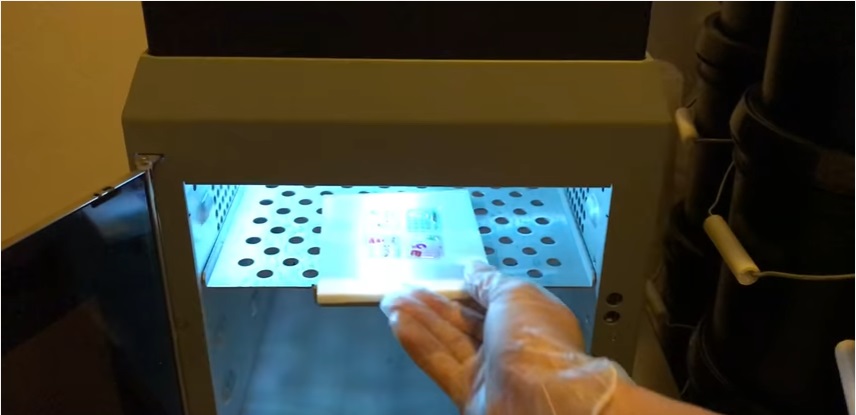Demystifying UV Glue Curing: Unveiling the Speed Behind the Light
UV glue, a revolutionary adhesive in the crafting and repair world, boasts impressive features like fast curing and precise application. But how fast exactly does UV glue cure? The answer, like many things, depends! Let’s delve into the factors that influence the curing speed of UV glue and explore ways to optimize this process.
The Science of Speed: Light and Resin Activation
UV glue relies on a unique light-activated curing process. Here’s the breakdown:
- Photosensitive Resins: The glue contains light-sensitive resin molecules waiting for their cue.
- UV Light Exposure: When exposed to ultraviolet (UV) light of the appropriate wavelength, these resin molecules spring into action, rapidly linking together.
- Solidification: This rapid linking process creates a strong, cross-linked network, solidifying the adhesive and forming a secure bond.
Curing Speed Factors: Light and Glue Properties
Several factors influence how quickly UV glue cures:
- UV Light Intensity: A stronger UV lamp (higher wattage) emits more intense light, accelerating the curing process. Conversely, a weaker light source will result in slower curing.
- UV Light Wavelength: The glue is formulated to react to a specific UV light wavelength. Ensure your UV lamp emits the appropriate wavelength for optimal curing speed.
- Glue Thickness: Thicker layers of glue naturally take longer to cure compared to thin layers, as the light needs to penetrate deeper to activate all the resin molecules.
- Glue Formulation: Different UV glue formulas might have slightly varying curing times depending on the specific resin composition.
Optimizing Curing Speed for Peak Performance
Here are some tips to ensure your UV glue cures as quickly as possible:
- Use a High-Quality UV Lamp: Invest in a UV lamp with a suitable wattage and appropriate wavelength for your chosen UV glue.
- Apply Thin Glue Layers: For faster curing, aim for thin and even application of the glue.
- Cure in Stages for Thick Applications: For thicker layers, consider curing the glue in stages, flipping or rotating the object for even light exposure throughout the entire layer.
- Consult the Glue’s Technical Specifications: Most UV glue manufacturers provide recommended curing times and lamp specifications in their product information.
Average Curing Times: A General Guideline
While specific times vary, most UV glues cure within a range:
- Low-Power UV Lamps: 30-60 seconds
- High-Power UV Lamps: 5-10 seconds
Remember, these are general estimates. Always refer to the manufacturer’s recommendations for your specific UV glue and light source for the most accurate curing times.
Beyond Speed: The Advantages of UV Glue
While curing speed is a crucial factor, UV glue offers other advantages:
- Precise Application: Light-controlled curing allows for pinpoint application and minimal adhesive seepage, ideal for delicate repairs and intricate projects.
- Strong Bonds: UV glue forms durable bonds that can withstand significant stress in many applications.
- Minimal Heat Impact: Cures at room temperature, making it safe for heat-sensitive materials commonly used in electronics and delicate crafts.
The Takeaway: Understanding Curing Speed for Optimal Results
By understanding the factors that influence curing speed and implementing optimization techniques, you can ensure your UV glue cures efficiently. Remember, consult the manufacturer’s instructions for specific details. With proper knowledge and practice, you can leverage the speed and precision of UV glue to achieve successful and secure bonding for your projects.
